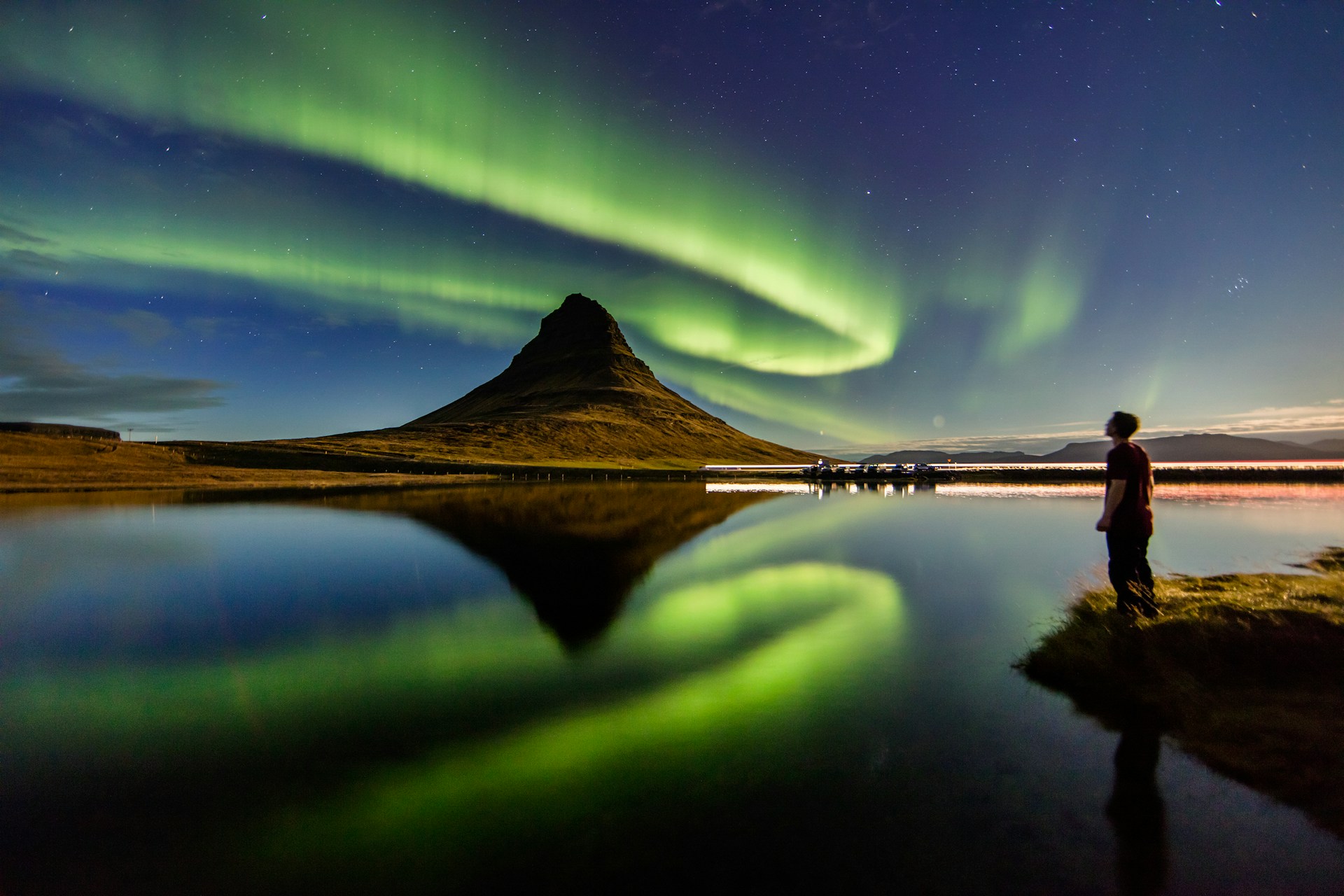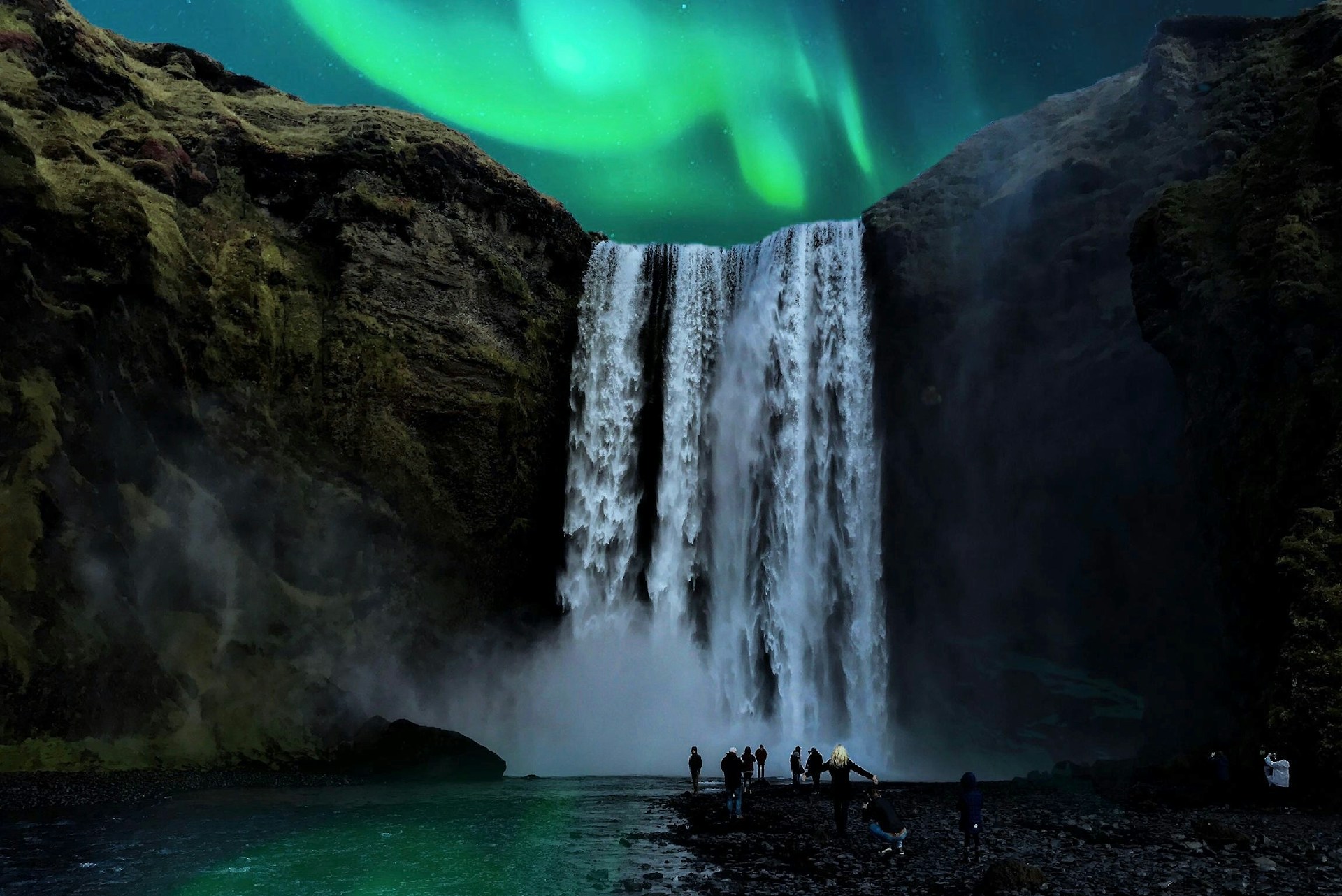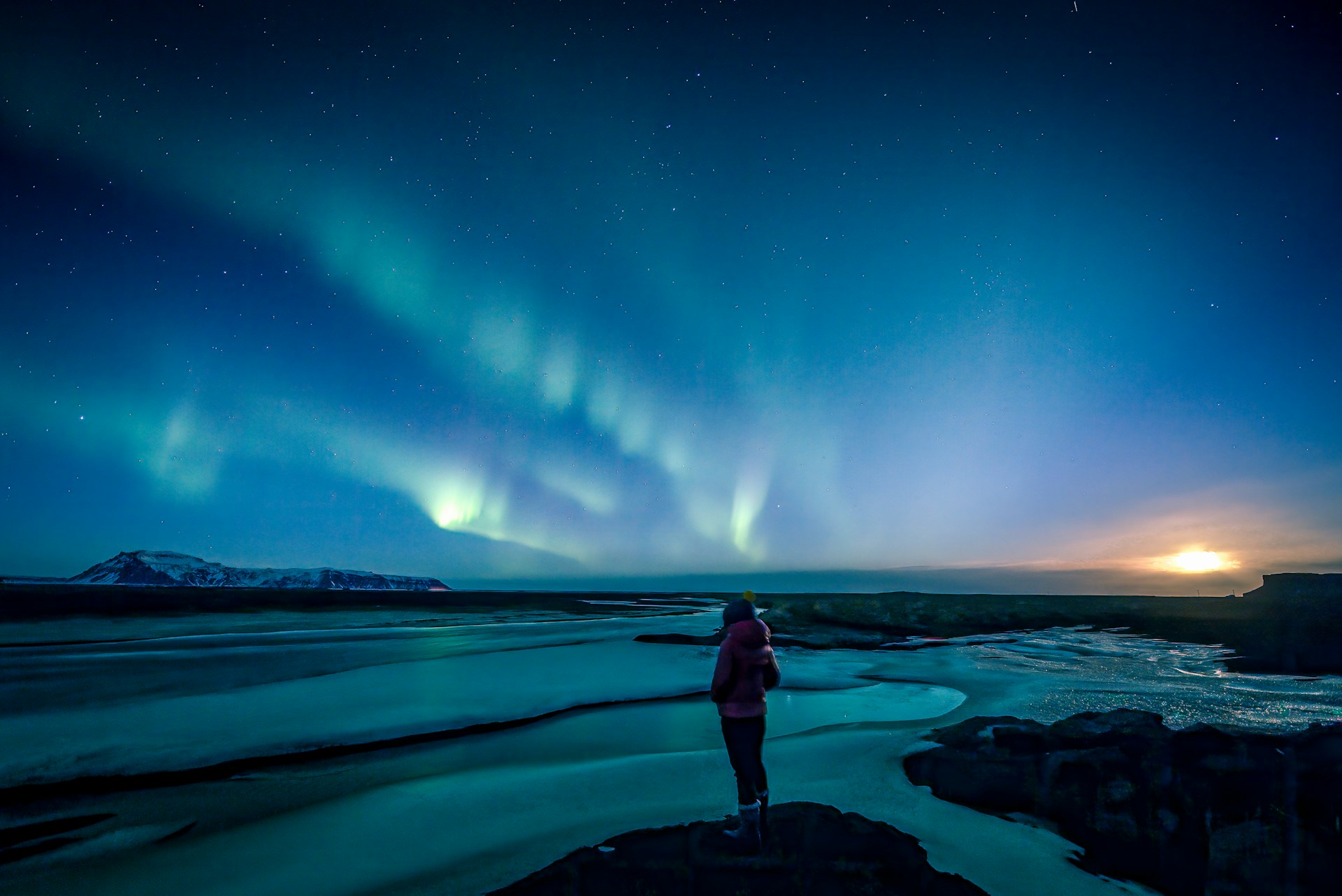Top Things to Do in Akureyri During a Cruise Stop
Explore the top things to do in Akureyri during a cruise stop — visit Goðafoss Waterfall, enjoy whale watching, and experience Iceland’s northern charm.
There is something magical about watching the night sky dance in glowing shades of green and purple. The Aurora Borealis, also called the Northern Lights, is one of the most breathtaking natural wonders you can see on Earth. And Iceland is one of the best places in the world to see it. The problem is, Iceland has a reputation for being expensive. But the truth is, with a bit of planning and some smart choices, you can see the Northern Lights in Iceland without draining your savings.
Iceland sits close to the Arctic Circle and has long, dark winters, which are perfect for Aurora spotting. Unlike some other countries where you have to travel far north, in Iceland you can see the lights right from towns and even from Reykjavik on a clear night. This saves you money on expensive tours because sometimes you can step outside your hostel or guesthouse and see them dancing in the sky.
Another reason Iceland is perfect is that the country is small. Within just a few hours of driving, you can leave the city lights behind and find dark skies with little light pollution. The mix of accessibility and natural beauty makes it one of the cheapest ways to catch the lights if you plan right.

The Northern Lights season in Iceland runs from late September until mid-April. If you want to save money, the cheapest time is often during the “shoulder months” of late September or early October, and again in late March to early April. During these times, flights are cheaper, guesthouses are less booked, and the weather is not as harsh as deep winter.
In high season (December to February), prices shoot up because of Christmas holidays and winter tourism. You will find that flights and hotels cost almost double compared to autumn. If budget is your main concern, avoid the peak months. The lights are just as bright in October as in December, so you don’t lose anything by picking the cheaper window.
Yes, you can. Reykjavik is a small city compared to other capitals, and it has some spots with less light pollution. The city even dims streetlights during strong Aurora nights so locals and tourists can enjoy the show. Popular spots include Grótta Lighthouse, Öskjuhlíð Hill, and the coastline by the Sun Voyager statue.
The best part is that these are completely free. If you’re staying in Reykjavik and the forecast says there’s a chance of lights, you don’t have to book a tour. Just walk to one of these spots, wrap yourself in warm clothes, and wait. It costs you nothing but patience.
Here’s the truth: Northern Lights tours can be fun but they aren’t necessary if you’re trying to save money. Tours often cost between 60 and 150 USD per person. What you’re paying for is the bus, the guide, and the chance to be driven out of the city to darker skies. But if you rent a car or take a local bus, you can do the same thing for much less.
Tours can be worth it if you’re nervous about driving in winter or if you like having a guide explain the science behind the lights. But if you’re going for the cheapest way, skip the tours and make your own adventure. Iceland is very safe, and the roads leading out of Reykjavik are easy to navigate if the weather is clear.

Transport is one of the biggest costs in Iceland. Renting a car can be expensive, especially with added insurance. Gas is pricey too. But if you want to travel on a budget, there are some tricks:
The cheapest option is to base yourself in Reykjavik and only travel short distances for Aurora hunting. If you want to go further, split the rental car with other travelers. Many hostels have notice boards where travelers team up to share costs.
Accommodation in Iceland is another big expense, but you don’t need luxury hotels to see the Northern Lights. Hostels and guesthouses are the best options. Many of them are located in small towns or even in the countryside, where the sky is darker. Some even advertise Aurora viewing as part of their appeal.
If you want to stay cheap:

No, you don’t. There are free apps and websites that show the Aurora forecast in Iceland. Websites like Vedur.is (Iceland’s weather office) have real-time updates about cloud cover and solar activity. The “Aurora Forecast” app is also free and easy to use.
These free tools save you money because you don’t need to pay for a tour guide to tell you if the lights are out. Just check the app, grab a hot drink, and step outside when the skies are clear.
Absolutely. Many people think you need to drive hours into the countryside, but in reality, you can see the lights from Reykjavik itself on strong nights. The key is finding darker spots. The waterfront, the lighthouse, and even parks can give you a good view.
If you want a mix of cheap and reliable, you can also take a short bus ride out of the city. Within 20–30 minutes, you can reach areas with less light pollution where the view is much better. It’s the middle ground between free city viewing and expensive tours.
No, and that’s part of the magic. The Aurora is a natural phenomenon, and it depends on solar activity and clear skies. Some nights you’ll see nothing, and other nights the sky will explode in color. The best strategy is to stay at least four or five nights in Iceland to increase your chances.
The good news is, all the viewing is free. Once you’re in Iceland, the lights cost nothing to watch. That’s what makes them such a budget-friendly activity compared to other attractions.
Iceland can be expensive, but chasing the Northern Lights doesn’t have to be. By traveling in the shoulder season, staying in hostels or guesthouses, and skipping the pricey tours, you can keep your costs low. The Aurora Borealis is one of the few world wonders that doesn’t require a ticket or an entrance fee. It’s nature’s free show, and Iceland is the stage.
If you’re dreaming of glowing skies and don’t have a big budget, don’t worry. With smart planning, patience, and a little luck, you can see the lights without breaking the bank. And when you stand under the stars with green waves of light above you, every dollar saved will feel worth it.
On average, if you stay for 4–7 nights in winter, your chances are very high (over 80%) of catching at least one good show. Iceland sits right under the Auroral Oval, which is the best latitude for Northern Lights. However, cloud cover is the main challenge. That’s why checking the Vedur.is cloud forecast is just as important as looking at Aurora activity levels.
Only about 20–40 minutes outside Reykjavik can make a huge difference. Places like Þingvellir National Park and Seltjarnarnes Peninsula are popular cheap options. You don’t need to drive hours — just leaving the city lights improves visibility.
Not always. Cameras pick up more color because of long exposures. To the naked eye, the Aurora often appears green or pale white, but during strong displays, you’ll see bright greens, purples, and even reds. It’s still magical, just different than Instagram photos.
If you don’t want to rent a car, the cheapest option is to use city buses to get to the outskirts of Reykjavik, or join a rideshare from hostel notice boards. Taxi rides are very expensive, so they’re not budget-friendly for Aurora chasing.